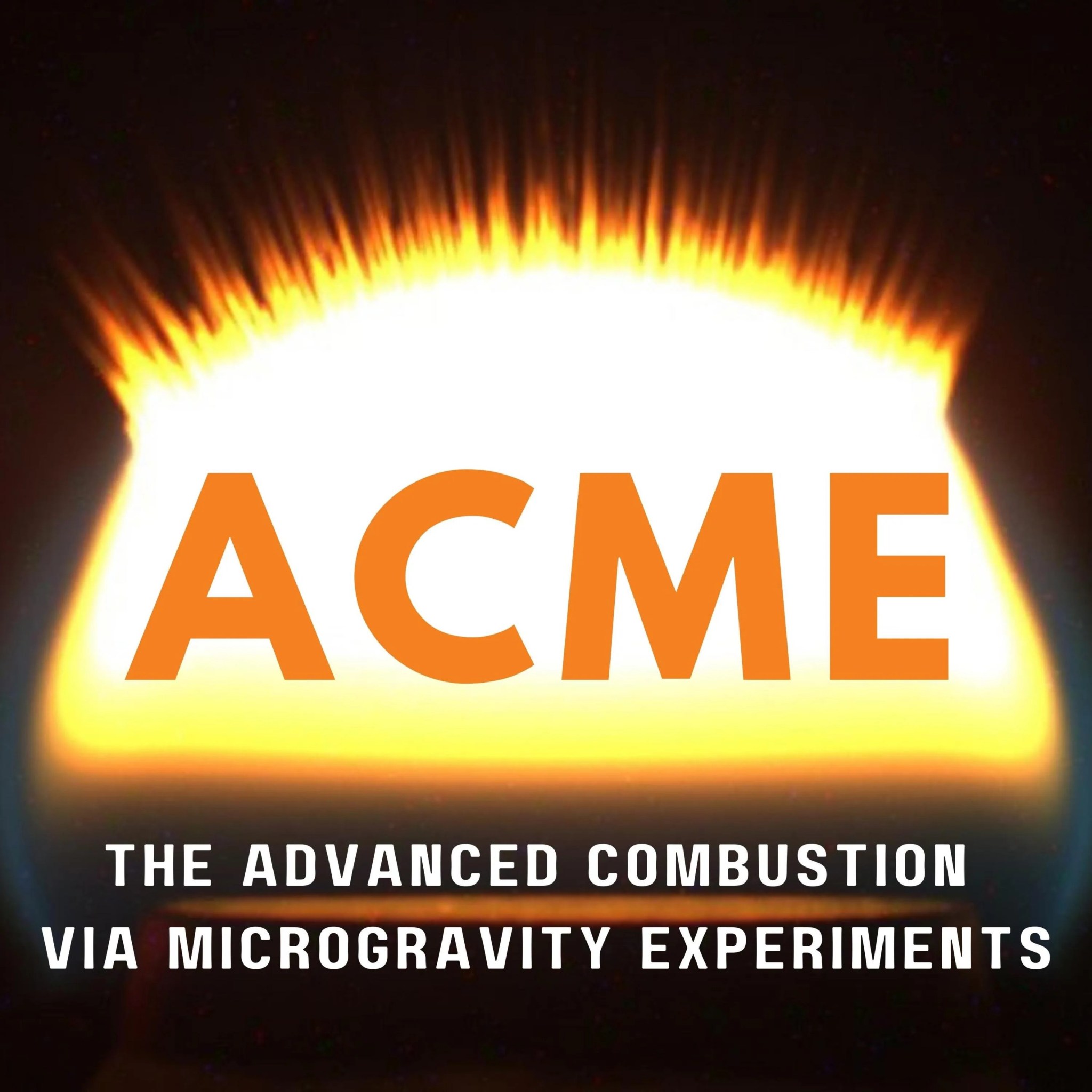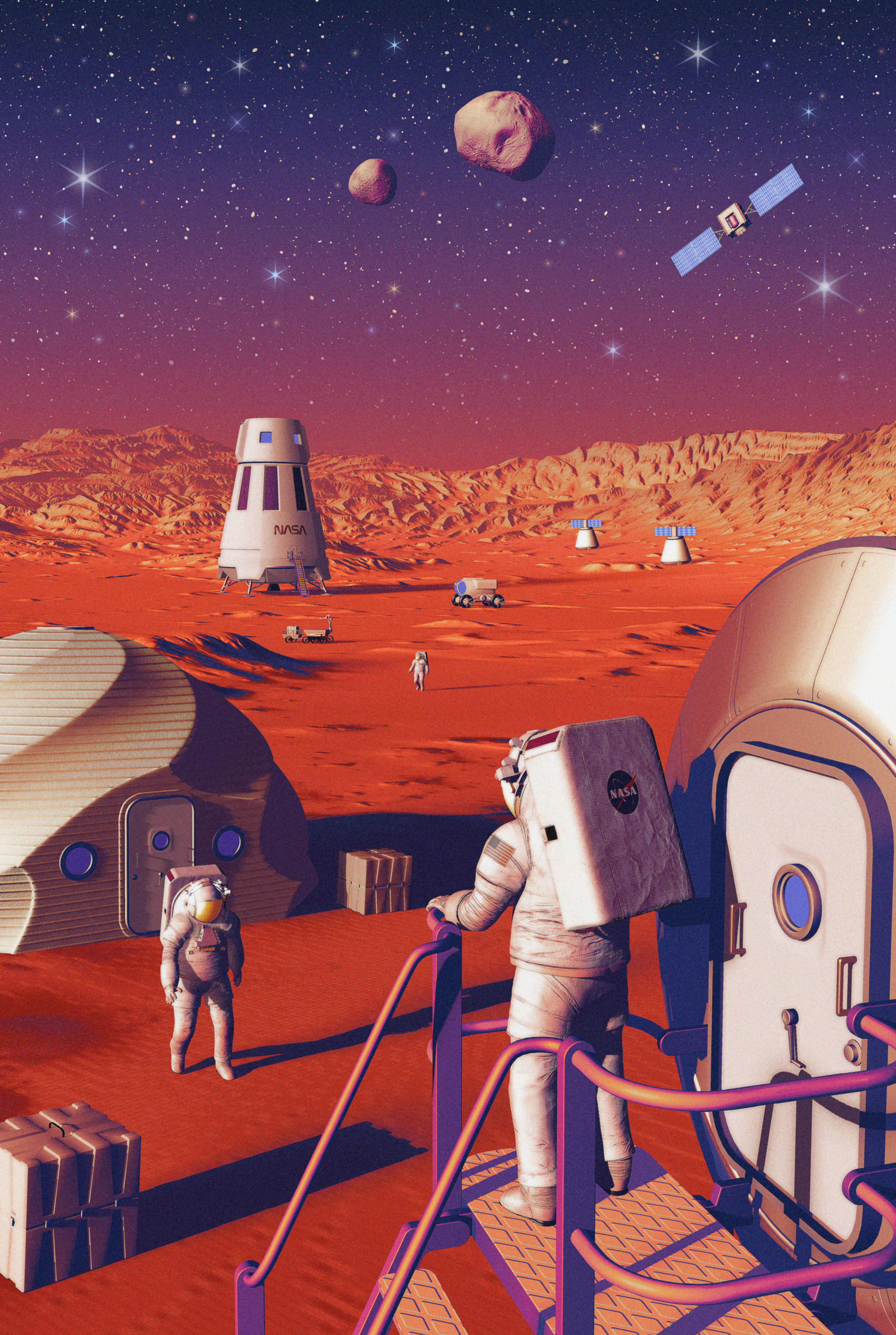ACME
Advanced Combustion via Microgravity Experiments
Type
Launch
Location
Objective
Advancing combustion technology via fundamental microgravity/Improving efficiency and reducing emission in practical terrestrial combustion
The Advanced Combustion via Microgravity Experiments (ACME) mission is a set of five independent studies of gaseous flames that were conducted in the Combustion Integrated Rack (CIR). ACME’s primary and secondary goals were to improve fuel efficiency and reduce pollutant production in practical combustion on Earth and prevent spacecraft fires through innovative research focused on materials flammability.
Why is ACME Important?
Fire is used to heat our homes, cook our food and fuel our trips. Whether we burn fuel in our homes, vehicles, or power plants, flames play an important role in powering our lives on Earth.
Researchers from across the country developed a series of experiments to expand our understanding of flames at a fundamental level. NASA’s Advanced Combustion via Microgravity Experiments (ACME) mission is comprised of five experiments designed to test different aspects of flames. Working with NASA’s Glenn Research Center in Cleveland to conduct research on the International Space Station, the investigators study microgravity flames burning under a range of conditions. Results of the experiments could lead to improved fuel efficiency and pollutant reduction.
Spacecraft Applications
ACME’s Burning Rate Emulator (BRE) experiment is focused on spacecraft fire prevention. BRE’s objective is to improve our fundamental understanding of materials flammability, such as extinction behavior and the conditions needed for sustained combustion, and to assess the relevance of existing flammability test methods for low and partial-gravity environments. The other four ACME experiments are not being conducted for space applications, but their results may be applicable to space applications such as waste processing or spacecraft fire safety.
Earth Applications
Except for BRE, the ACME experiments are primarily focused on energy and environmental concerns. ACME’s primary objective is to gain fundamental understanding that can enable improved efficiency and reduced pollutant production in practical combustion processes on Earth, for example through the development and verification of advanced computational simulations. In addition to enhanced performance, improved modeling capability can lead to reductions in the time and cost for combustor design. Some specific goals are to improve our understanding of combustion at fuel lean conditions where both optimum performance and low emissions can be achieved, soot control and reduction, oxygen-enriched combustion which could enable practical carbon sequestration, flame stability and extinction limits, and the use of electric fields for combustion control.
ACME Investigations
ACME includes five independent experiments investigating laminar, gaseous, non-premixed flames.
- Burning Rate Emulator (BRE) - BRE’s objective is to improve our fundamental understanding of materials flammability, such as extinction behavior and the conditions needed for sustained combustion, and to assess the relevance of existing flammability test methods for low and partial-gravity environments.
- Coflow Lamina Diffusion Flame (CLD Flame) - The goal of the CLD Flame experiment is to extend the range of flame conditions that can be accurately predicted by developing and experimentally verifying chemical kinetic and soot formation submodels.
- Electric-Field Effects on Laminar Diffusion Flames (E-FIELD Flames) - The purpose of the E-FIELD Flames experiment is to gain an improved understanding of flame ion production and investigate how the ions can be used to control non-premixed flames.
- Flame Design - The primary goal of the Flame Design experiment is to improve our understanding of soot inception and control in order to enable the optimization of oxygen enriched combustion and the “design” of non-premixed flames that are both robust and soot free.
- Structure and Response of Spherical Flames (s-Flame) - The purpose of the s-Flame experiment is to advance our ability to predict the structure and dynamics, including extinction, of both soot-free and sooty flames.
More about ACME
- NASA Space Station Research
- ISS Fluids and Combustion Facility – Combustion Integrated Rack Operations
- Space Station’s Quest for the Secrets of Fire
- Studying Flames in Microgravity is Helping Make Combustion on Earth Cleaner, and Space Safer
- Studying flame Behavior in Microgravity with a Solid “High-Five”
- A Thousand Points of Light – On The International Space Station




































